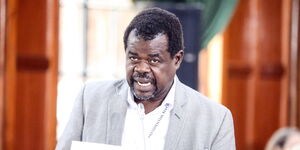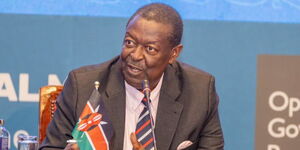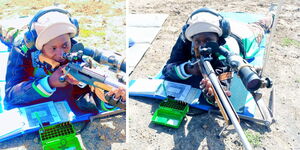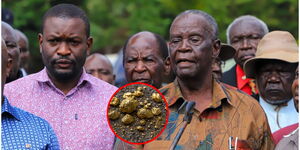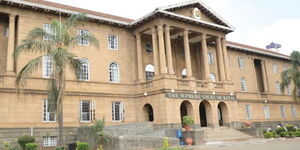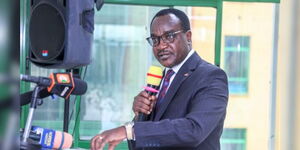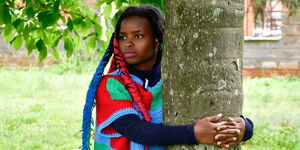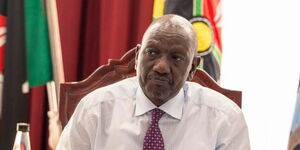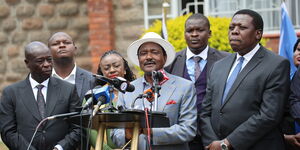Media freedoms in Kenya have come a long way, from an era of the state's firm control to being the independent fourth estate that enjoys independence entrenched in the constitution of Kenya.
In a past testimony by Royal Media Services (RMS) Chairman SK Macharia, Citizen TV was first closed in 2000, just a months after its initial launch in 1999. The closure came after a fall out between the media mogul and the late President Daniel Moi.
That year, the businessman had just received the approval of Moi to establish the media house on condition that he would help promote the ruling party KANU by vying for the Gatanga Parliamentary seat in the 2002 general election.
In December 2000, the owner of Kunste Hotel in Nakuru approached RMS with a business proposal to broadcast his New Year's Eve Party on the media stations (Citizen TV and Radio Citizen).
President Moi had a routine practice of hosting a party at State House, Nakuru which would be aired on KBC owned by the government.
While the head of state's function was being aired live on KBC the national broadcaster, another was going on at Kunste Hotel being broadcasted by Macharia's tv and radio stations.
Some of the president’s men caught wind that a parallel party was being aired live from Nakuru just like the State House event and went to investigate.
The following day, they reported to the President that SK Macharia had set up another "State House" at Kunste Hotel and broadcasted by his own company to challenge Moi.
The distorted information, meant to make President Moi feel jealous, achieved the desired effect and he immediately ordered the closure of the company for the first time.
The issue attracted the attention of the international community which pressured the government to allow freedom of the press.
Radio Citizen was later reopened but its sister tv station remained closed until 2006 when it was relaunched and has since become the leading channel in Kenya.
Later during the next regime led by former President Mwai Kibaki, the media suffered a different kind of unprecedented opposition, not from the head of state, but from his spouse.
The late former First Lady Lucy Kibaki would storm newsrooms when unflattering stories were published about her.
She was the first public figure to openly assault a journalist after she slapped cameraman Clifford Derrick who was filming her storm into Nation Centre.
In 2018, the media came under attack from the government during the mock swearing-in of ODM leader Raila Odinga.
As Citizen TV, NTV and KTN streamed the proceedings at Uhuru Park, their transmitters were shut down.
“Officials from the Communication Authority accompanied by police officers went to our transmission station in Limuru, and they disabled our transmission,” Citizen TV MD Wachira Waruru said at the time.
After nearly a week, the government restored the media houses’ transmission.

